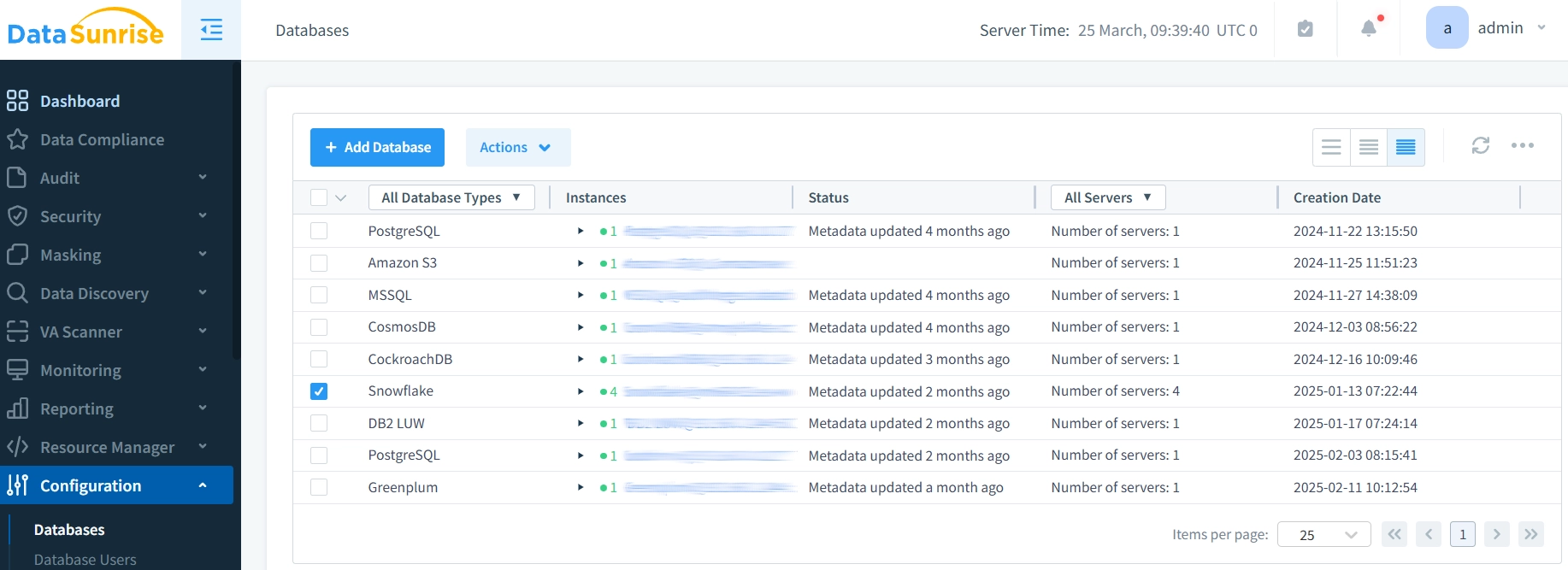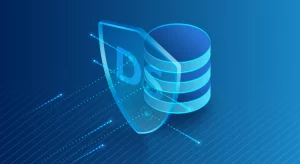Snowflake Data Compliance Automation
In today’s data landscape, implementing automated compliance for Snowflake has become a strategic imperative. According to Gartner’s 2025 Data Protection Forecast, companies with automated compliance solutions identify potential breaches 92% faster and reduce compliance-related costs by up to 53%. With data breach costs reaching $5.5 million in 2024 and organizations facing an average of 38 regulatory changes monthly, manual compliance approaches cannot scale effectively.
This article explores how organizations can implement No-Code Policy Automation in Snowflake environments to create a compliance framework that continuously adapts to evolving regulatory requirements.
Snowflake Data Compliance Challenges
Snowflake’s cloud architecture introduces several unique compliance considerations:
- Multi-Jurisdictional Data Distribution: Different regulatory frameworks apply simultaneously across regions
- Policy Consistency Management: Maintaining uniform security policies requires sophisticated orchestration
- Continuous Regulatory Evolution: Frameworks like GDPR, HIPAA, and PCI DSS evolve frequently
- Hybrid Environment Complexity: Organizations need Cross-Platform Universal Masking across multiple database systems
- Dynamic Access Patterns: Snowflake’s flexible model creates access patterns that static rules cannot effectively govern
Native Snowflake Compliance Capabilities
Snowflake provides several built-in features for compliance:
1. Role-Based Access Control
-- Create compliance-specific roles CREATE ROLE compliance_auditor; -- Grant appropriate permissions GRANT SELECT ON DATABASE compliance_reports TO ROLE compliance_auditor;
2. Dynamic Data Masking
-- Define a masking policy for PII data
CREATE OR REPLACE MASKING POLICY pii_full_mask AS
(val STRING) RETURNS STRING ->
CASE
WHEN CURRENT_ROLE() IN ('SECURITY_ADMIN') THEN val
ELSE '********'
END;
3. Row Access Policies
-- Create a row access policy
CREATE OR REPLACE ROW ACCESS POLICY geographic_data_access AS
(region_name VARCHAR) RETURNS BOOLEAN ->
CURRENT_ROLE() IN ('ADMIN') OR
EXISTS (SELECT 1 FROM user_region_access
WHERE user_role = CURRENT_ROLE()
AND allowed_region = region_name);
4. Access History Monitoring
-- Query compliance-related activity SELECT query_id, user_name, query_text FROM SNOWFLAKE.ACCOUNT_USAGE.QUERY_HISTORY WHERE start_time >= DATEADD(day, -7, CURRENT_TIMESTAMP());
For more details on these features, refer to Snowflake’s security documentation.
Limitations of Native Snowflake Compliance
While Snowflake’s native capabilities provide essential functionality, organizations face several key challenges:
| Native Feature | Key Limitation | Business Impact |
|---|---|---|
| Role-Based Access Control | Manual role configuration and maintenance | Administrative overhead increases with scale |
| Dynamic Data Masking | Limited masking functions with complex implementation | Insufficient protection for sophisticated scenarios |
| Row Access Policies | Manual policy definition per table | Inconsistent protection across environment |
| Access History | Basic reporting without compliance context | Difficult to demonstrate regulatory adherence to auditors |
| Data Classification | No automated discovery | Sensitive data may remain unidentified |
| Threat Detection | Limited detection of sophisticated attack patterns | Potential security threats in regulatory compliance |
These limitations highlight the need for advanced database security solutions to meet stringent data protection requirements.
Enhancing Snowflake Data Compliance with DataSunrise
DataSunrise’s Database Regulatory Compliance Manager transforms Snowflake compliance with Zero-Touch Data Masking technology. Unlike traditional approaches requiring constant tuning, this solution delivers autonomous protection through advanced automation.
Key Capabilities for Snowflake Data Compliance
Auto-Discover & Mask Technology
Advanced machine learning algorithms automatically scan Snowflake environments to identify sensitive data according to regulatory frameworks, eliminating weeks of manual classification work through DataSunrise’s pattern recognition systems.
No-Code Policy Automation
Security teams can define sophisticated compliance policies through an intuitive interface without writing complex SQL statements, reducing implementation time from weeks to hours with DataSunrise’s policy orchestration tools.
Cross-Platform Universal Masking
Uniform protection policies apply across heterogeneous environments where Snowflake coexists with other database systems, ensuring DataSunrise provides consistent compliance across 50+ supported platforms.
Compliance Autopilot
Continuous Regulatory Calibration monitors regulatory changes and automatically updates protection policies without manual intervention through DataSunrise’s adaptive framework.
Context-Aware Protection
Dynamic, Behavior-Based Security through user behavior monitoring intelligently adjusts based on user roles and access patterns, with DataSunrise maintaining compliance while preserving functionality.
ML-Powered Threat Detection
Sophisticated ML Audit Rules establish baselines of normal activity and identify anomalous patterns that might indicate security threats, leveraging DataSunrise’s advanced analytics capabilities.
Implementing Zero-Touch Data Compliance
DataSunrise’s implementation follows a streamlined 1-Click Deployment process:
- Connect to Snowflake Database
- Select applicable Compliance Frameworks (GDPR, HIPAA, PCI DSS, SOX)
- Initiate Automated Discovery of sensitive data
- Configure Dynamic Protection based on data sensitivity
- Set up Automated Reporting for audit preparation
- Enable Continuous Monitoring for real-time compliance alerts


The entire process typically requires less than a day, with many organizations achieving initial compliance automation in just hours.
Business Benefits of Intelligent Compliance Orchestration
Organizations implementing DataSunrise’s automated compliance solutions experience:
- Optimized Resource Allocation: Automated systems handle up to 93% of routine compliance activities
- Accelerated Regulatory Response: Adapt to new requirements in hours instead of weeks
- Proactive Risk Intelligence: Advanced analytics detect unusual access patterns before they escalate into breaches
- Unified Protection Framework: A centralized dashboard eliminates security blind spots
- Quantifiable Audit Efficiency: Audit preparation time decreases by 95% with automated evidence collection
Best Practices for Snowflake Data Compliance
For organizations implementing compliance for Snowflake, these best practices ensure optimal results:
Compliance-First Architecture: Design your Snowflake topology with compliance requirements in mind, particularly for multi-regional deployments
Strategic Monitoring Balance: Focus detailed audit logging on high-risk operations to maintain performance while ensuring compliance coverage
Formalized Governance Structure: Establish clear accountability for compliance controls with defined role-based access controls
Integrated Security Ecosystem: Implement DataSunrise Database Firewall alongside Snowflake’s native features for comprehensive coverage
Continuous Validation: Regularly test your compliance framework through simulated scenarios to identify potential gaps before they become violations
Conclusion
While Snowflake provides essential native security features, organizations with complex regulatory requirements benefit significantly from DataSunrise’s Zero-Touch Compliance Automation. By implementing advanced detection capabilities with No-Code Policy Automation, organizations transform compliance from a resource-intensive process to an efficient framework that continuously adapts to evolving requirements.
DataSunrise offers cutting-edge database security tools for cloud environments like Snowflake. Schedule a demo today to see how automated compliance can transform your operations while reducing administrative overhead.
